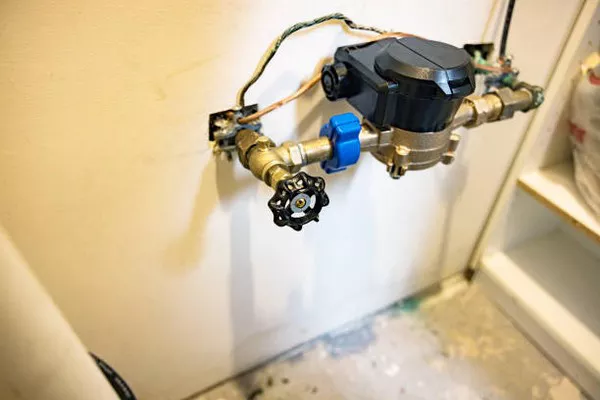Evaporator fans are essential components within refrigeration and air conditioning systems, playing a crucial role in maintaining optimal temperatures. These fans facilitate the exchange of heat, allowing for the efficient cooling of air or refrigerant within the system. Understanding the workings of evaporator fans is fundamental for ensuring the proper functioning of refrigeration and air conditioning units.
Working Principle
The primary function of an evaporator fan is to circulate air across the evaporator coil, where heat exchange occurs. As refrigerant evaporates within the coil, it absorbs heat from the surrounding air, thus cooling it down. The evaporator fan enhances this process by constantly blowing air over the coil, promoting efficient heat transfer. This cooled air is then distributed throughout the refrigerated space, effectively lowering the temperature.
Components
Evaporator fans consist of several key components, each serving a specific function:
Fan Blade: The fan blade is responsible for generating airflow by spinning rapidly. It is typically made of durable materials such as plastic or metal.
Motor: The motor provides the necessary power to rotate the fan blade. It is crucial for ensuring the fan operates at the desired speed and efficiency.
Housing: The housing encloses the fan blade and motor, providing protection and directing airflow in the desired direction.
Mounting Bracket: The mounting bracket secures the evaporator fan assembly in place within the refrigeration or air conditioning unit.
Types of Evaporator Fans
There are several types of evaporator fans, each tailored to specific applications:
Axial Fans: Axial fans are the most common type of evaporator fan, featuring blades that rotate around an axis parallel to the airflow. They are suitable for applications requiring high airflow rates at low pressures.
Centrifugal Fans: Centrifugal fans utilize a rotating impeller to create airflow perpendicular to the fan’s axis. They are ideal for applications where higher pressure is required, such as in air conditioning systems with ductwork.
Cross-flow Fans: Cross-flow fans employ a unique design where air is drawn in from one side and expelled from the other, creating a broad, uniform airflow. They are commonly used in compact refrigeration units and air conditioners.
Installation Tips
Proper installation of evaporator fans is critical for optimal performance and longevity. Here are some tips to consider:
Positioning: Ensure the evaporator fan is positioned correctly to maximize airflow across the evaporator coil.
Secure Mounting: Securely mount the fan assembly using appropriate hardware to prevent vibration and ensure stability.
Wiring: Follow manufacturer guidelines when wiring the fan motor to prevent electrical issues and ensure safe operation.
Airflow Direction: Confirm that the airflow direction matches the intended design of the refrigeration or air conditioning system.
Maintenance and Troubleshooting
Regular maintenance is essential for preserving the efficiency and functionality of evaporator fans. Here are some maintenance practices and troubleshooting tips:
Cleaning: Periodically clean the fan blades and housing to remove dust and debris, which can impede airflow and reduce efficiency.
Lubrication: Lubricate the fan motor bearings as recommended by the manufacturer to prevent excessive friction and prolong motor life.
Inspecting for Damage: Regularly inspect the fan blades, motor, and wiring for signs of wear, damage, or corrosion. Replace any damaged components promptly to prevent further issues.
Troubleshooting: If the evaporator fan fails to operate or produces unusual noises, check for loose connections, damaged components, or obstructions in the airflow path.
Efficiency and Performance
Evaporator fans play a crucial role in enhancing the efficiency of refrigeration and air conditioning systems. Factors such as fan size, speed, and blade design can significantly impact performance. Properly sized and maintained evaporator fans contribute to energy savings by ensuring efficient heat exchange and airflow distribution.
Innovations and Future Developments
Recent advancements in evaporator fan technology focus on improving efficiency, durability, and noise reduction. Innovations such as brushless DC motors, aerodynamic blade designs, and intelligent control systems are increasingly being integrated into evaporator fan units. Additionally, advancements in materials and manufacturing processes are leading to more reliable and cost-effective solutions for refrigeration and air conditioning applications.
In conclusion
evaporator fans are indispensable components within refrigeration and air conditioning systems, facilitating efficient heat exchange and airflow circulation. Understanding their working principles, components, installation requirements, and maintenance practices is essential for optimizing system performance and reliability. With ongoing advancements in technology, evaporator fans continue to evolve, offering greater efficiency, durability, and functionality for various applications.

